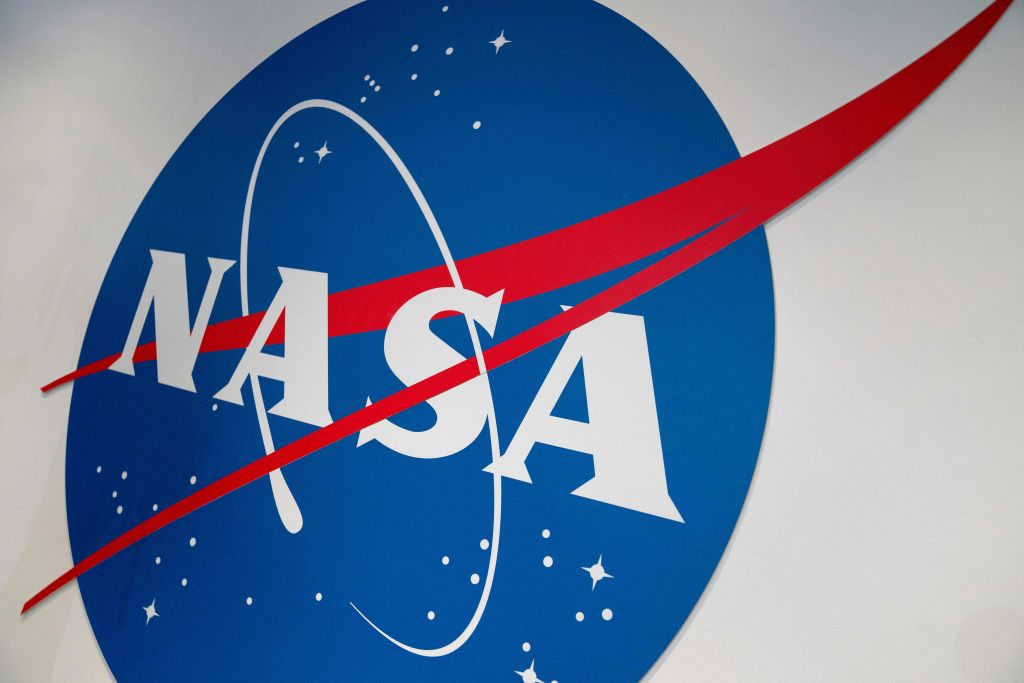Four volunteers have been selected to live together for a year in a simulated Mars habitat created by NASA.
On June 20, NASA’s Johnson Space Center announced the anticipated mission on its Twitter page.
“Four volunteers are about to embark on an out-of-this-world experience without leaving Earth!” The Space Center wrote.
According to NASA’s website, during the 378-day experiment, which started Sunday, “The crew will conduct simulated spacewalks and provide data on a variety of factors, which may include physical and behavioral health and performance.”
They will also have access to certain amenities such as a kitchen, two bathrooms, private rooms, and dedicated areas for recreation, work, medical, and fitness, in the enclosed 3D habitat.
What’s the criteria to be chosen for that?
— Nicolina C Elrick (@nicolinaElrick) June 20, 2023
Crew members are chosen through a selection process open to U.S. citizens and permanent residents. The process follows standard NASA criteria for Astronaut Candidate applicants, even though the selected participants are not astronauts. Applications for the second CHAPEA mission…
— NASA's Johnson Space Center (@NASA_Johnson) June 20, 2023
“During the simulation, crew members will carry out different types of mission activities, including simulated spacewalks, robotic operations, habitat maintenance, personal hygiene, exercise, and crop growth,” the website reads.
CHAPEA's 4 person crew just entered their home for the next year. They're simulating a Mars mission to help assess health and performance in relation to Mars resource limitations in isolation and confinement. The door is officially closed and the mission has begun. Go Crew 1! pic.twitter.com/KKWKQ1opwg
— NASA's Johnson Space Center (@NASA_Johnson) June 25, 2023
To make the mission as realistic as possible, the crew is expected to face different challenges such as isolation, equipment failure, and resource limitations.
Dr. Suzanne Bell, a Behavior Health and Performance Laboratory lead at Johnson Space Center, told ABC affiliate KTRK how each volunteer was chosen for the experiment.
“We’ve specifically chosen people that we hope to succeed together very carefully screened and really clear that they have the ability to work on teams. And so our objectives are really about optimizing that human health and performance,” Bell explained.
According to a NASA release, the four scientists selected for the mission are Kelly Haston, commander; Ross Brockwell, flight engineer; Nathan Jones, medical officer; and Anca Selariu science officer.
Grace Douglas, the Crew Health and Performance Exploration Analog, (CHAPEA) principal investigator explained the purpose of the experiment, per NASA’s website.
“The simulation will allow us to collect cognitive and physical performance data to give us more insight into the potential impacts of long-duration missions to Mars on crew health and performance,” she said.
Continuing, she said, “Ultimately, this information will help NASA make informed decisions to design and plan for a successful human mission to Mars.”

























 Continue with Google
Continue with Google